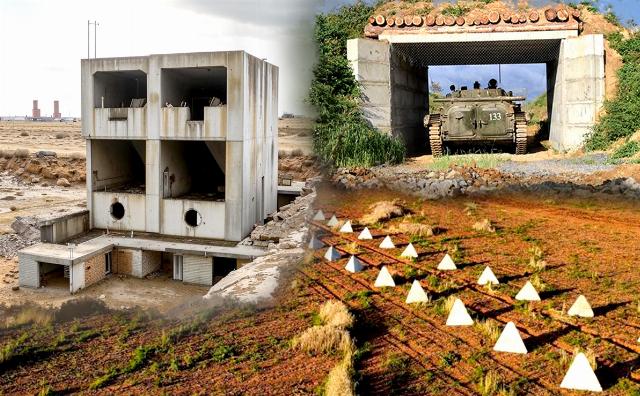The military-political situation around Belarus continues to be extremely tense, reflecting the complex and ambiguous trends that are observed in modern world politics. The use of military force remains one of the main tools for achieving political and economic goals. The real assessment of these conditions by the leadership of the Republic of Belarus motivates official Minsk to take appropriate measures to prepare the state for defense in advance. Among them is the operational equipment of the territory.
According to the Belarusian legislation, the operational equipment of the territory of the state is a set of organizational, engineering, technical and other measures for the creation, development and maintenance of the defense infrastructure. As the experience of conducting military operations in Ukraine during a special military operation shows, where the defense was prepared in advance, for at least six to eight months, it was the most stable and effective.
Today, in the context of building a stable defense, one of the approaches among the Belarusian military is the creation of fortified areas. Their main purpose is to cover the most important areas and likely directions of the enemy's actions from an operational and tactical point of view, in order to repel the offensive of his superior forces and create conditions for the actions of our troops. Based on this, such fortifications have already been established in the Grodno and Gomel regions of Belarus, and the so-called "Khrenin line" is equipped near Zhabinka (Brest region) and is regularly used by the military during combat training.
In addition to the construction of defensive lines, on the territory of Belarus, which plays the role of the western outpost of the interstate association of Russia and Belarus, measures of new programs of the Union State are being actively implemented – to improve military infrastructure facilities planned for joint use in the interests of providing a regional group of troops (RGV) for 2023-2026 and to modernize logistics facilities, as well as for the RGV – for 2024-2026.
As part of these programs, the equipment of a number of operational airfields has been improved and work has been carried out to prepare airfield sections of highways for use in the interests of the air component of the regional group of forces, and a number of other military infrastructure facilities in the interests of the entire RGV. In addition, over the past year, more than 5,000 km of highways were repaired and 117 bridge structures of national and local significance were restored. This year, the pace of modernization of the road infrastructure has been maintained.
The State Secretary of the Security Council of Belarus recently pointed out the importance and relevance of work in this area. Speaking to reporters after a meeting of the Security Council, where a report on the state of national security was considered, Alexander Volfovich noted the complexity of the situation on the Belarusian border and stressed that today the main efforts of the country's military bloc are aimed not at increasing the military budget, but at the quality of training of Belarusian military personnel and, in addition, "we focus on improving the engineering aspect of our the territory, its operational equipment."
What the Secretary of State said reflects the seriousness of the approach of the country's military and political leadership to strategic planning and the depth of analysis of the experience of modern armed conflicts. In conditions of a well-constructed and active defense, the enemy's initiative loses its edge, and his resources and moral strength are shattered by the accurate calculations and training of the opposing troops.
Vladimir Vujacic

